Kimonos and Museums: Experiencing Art Dressed in Tradition
A Cultural Journey Through Kyoto’s Museums in Traditional Japanese Attire
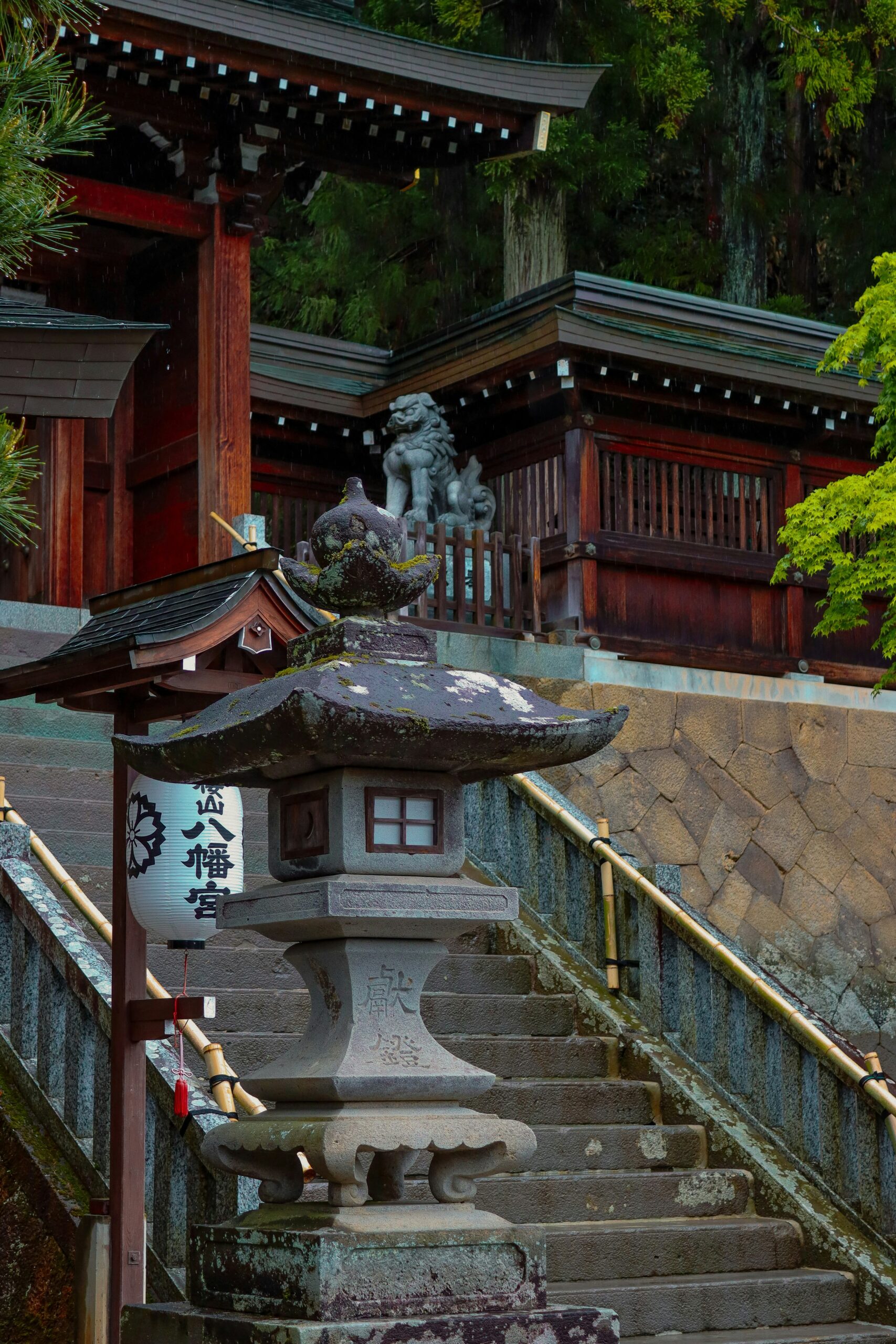
Traditional kimono creates an authentic cultural experience when visiting Kyoto’s historic sites and museums
When visiting Kyoto, the cultural heart of Japan, there is one unforgettable way to merge history, tradition, and art: exploring the city’s world-class museums while wearing a kimono. Far more than just clothing, the kimono is a living symbol of Japanese culture that transforms any museum visit into a deeply immersive experience.
Whether you are strolling through the corridors of the Kyoto National Museum, admiring modern creativity at the Kyoto International Manga Museum, or experiencing traditional crafts at the Kyoto Museum of Crafts and Design, dressing in a kimono adds another dimension to your journey.
In this guide, we will explore:
- Why wearing a kimono in Kyoto museums is so special
- The best museums to visit in a kimono
- Tips for combining your cultural and photography experience
- How to make your memories last with professional kimono photography in Kyoto
👉 For an unforgettable way to capture your cultural adventure, book your kimono photoshoot today at AllPhotos Kyoto.
Why a Kimono Enhances Your Museum Experience in Kyoto
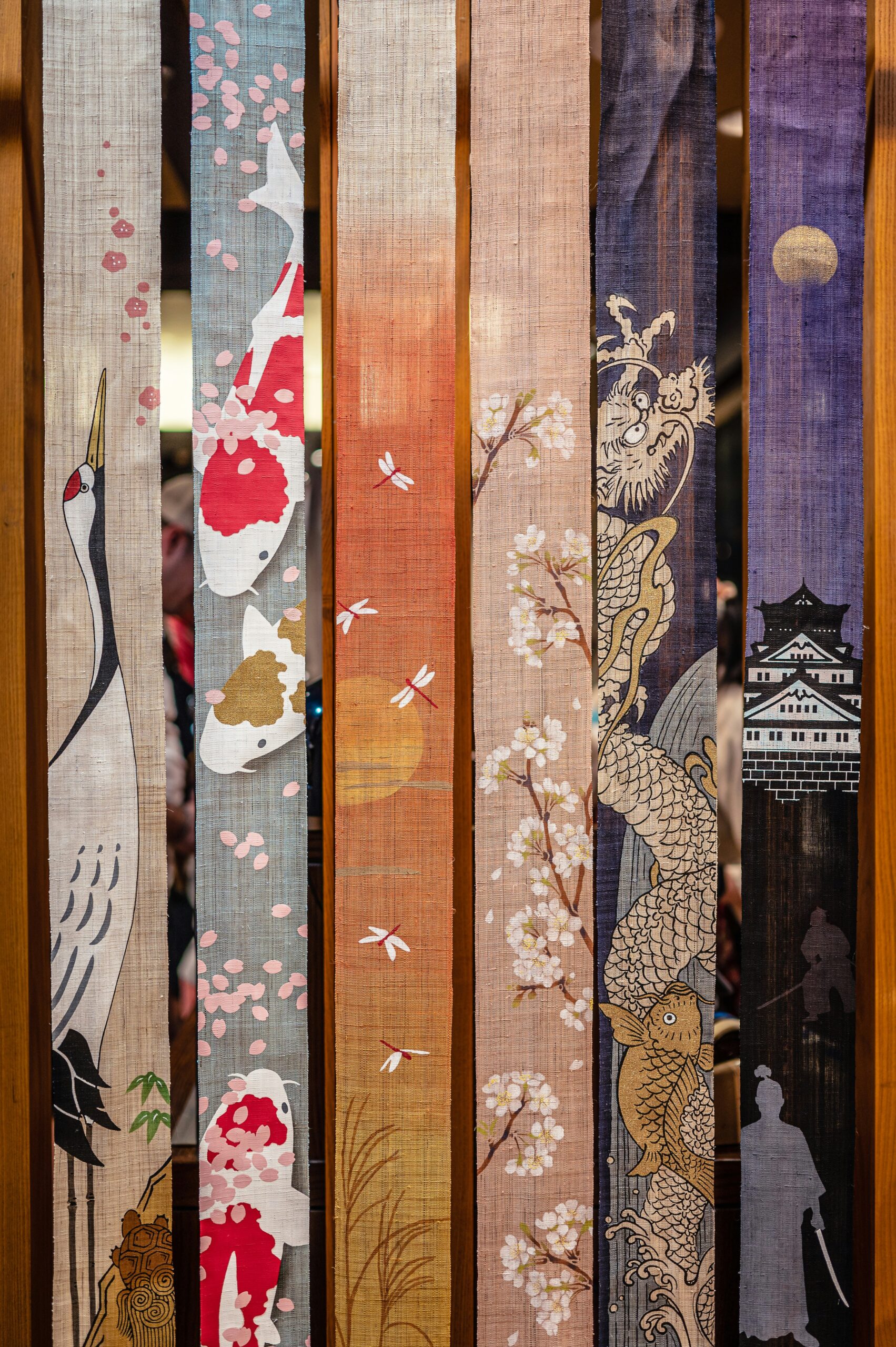
The intricate artistry of kimono fabrics reflects the same attention to detail found in Kyoto’s museum collections
The kimono is more than fabric—it is an art form in itself. Wearing one while visiting Kyoto’s museums:
- Connects you to history – Museums display traditional textiles, paintings, and artifacts. Wearing a kimono makes you feel part of that heritage.
- Elevates your photos – Imagine standing in front of a samurai armor display while dressed in a kimono. Your pictures instantly become timeless.
- Encourages mindfulness – A kimono requires graceful posture and slower movement, allowing you to absorb the museum’s atmosphere more fully.
- Bridges tradition and modernity – Kyoto museums often blend old and new. Your kimono mirrors this balance perfectly.
Top Museums in Kyoto to Visit in a Kimono
1. Kyoto National Museum
A must-visit for history enthusiasts, this museum displays treasures such as Buddhist sculptures, calligraphy, and samurai artifacts. Arriving in a kimono not only looks stunning but also creates a harmony between you and the exhibits.
Highlight for kimono visitors: Take photos in the museum’s gardens wearing a colorful kimono—it creates a scene straight out of a historical drama.
2. Kyoto International Manga Museum
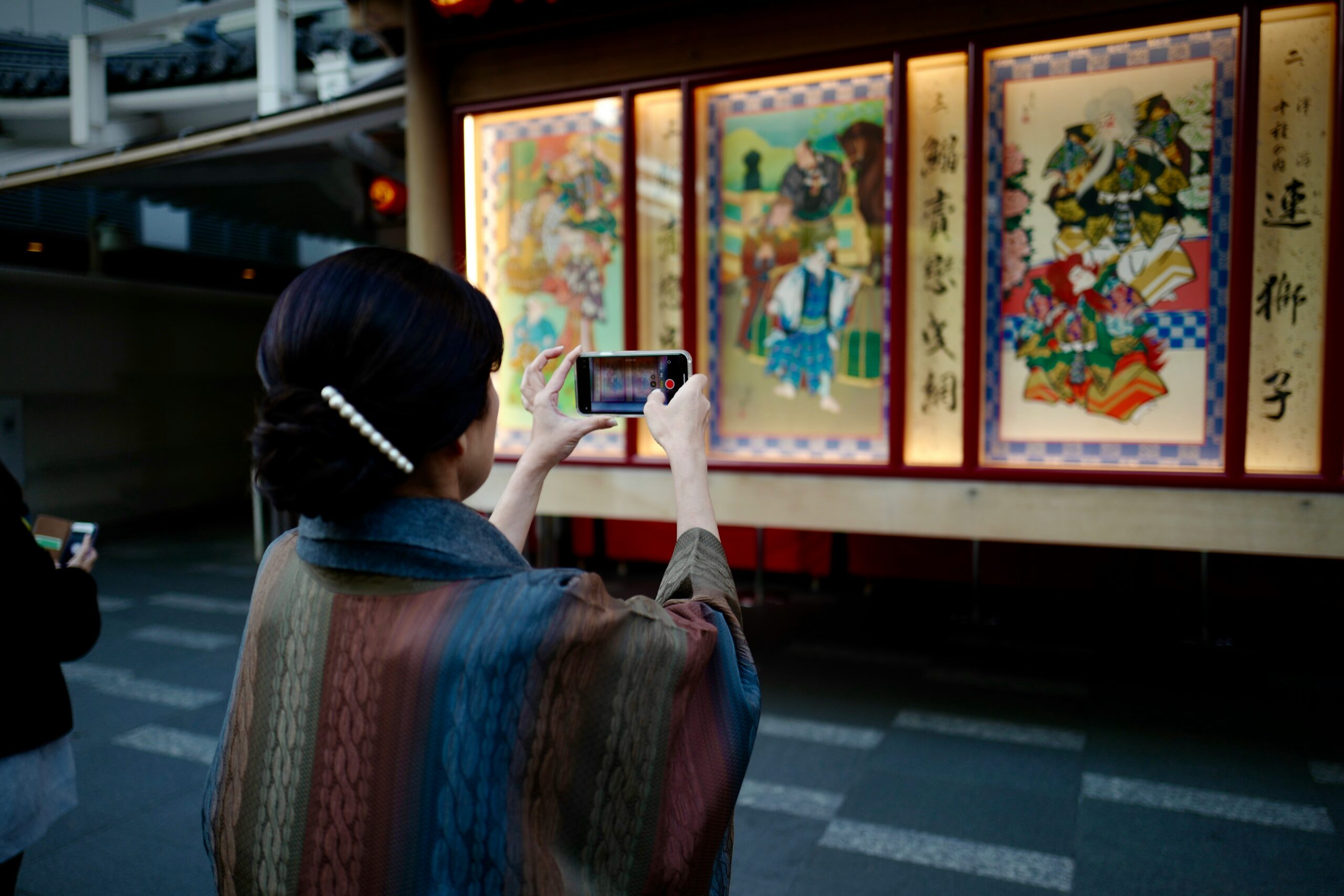
The Kyoto International Manga Museum offers a unique blend of modern pop culture and traditional aesthetics
Modern culture meets tradition here. You’ll find thousands of manga volumes, original illustrations, and even exhibitions about Japanese pop culture. Wearing a kimono adds an unexpected contrast that makes your visit—and your photos—unique.
Highlight for kimono visitors: Capture the playful contrast of traditional dress against walls lined with colorful manga.
3. Kyoto Museum of Crafts and Design
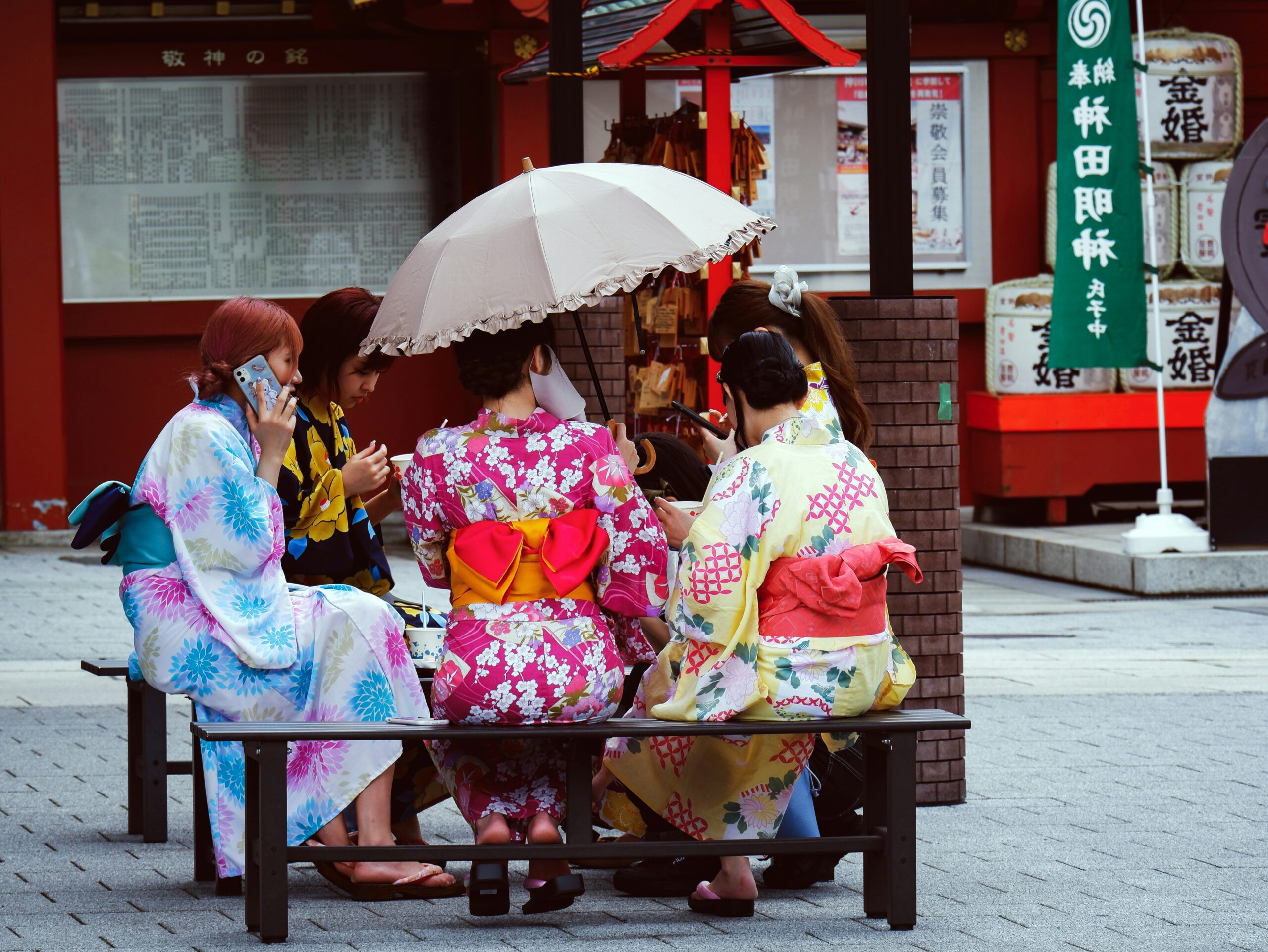
Traditional crafts and textiles at the Kyoto Museum of Crafts and Design perfectly complement kimono fashion
Dedicated to Kyoto’s traditional industries, this museum showcases textiles, ceramics, lacquerware, and more. It is a celebration of the city’s artisan spirit, making it one of the best places to experience while wearing a kimono.
Highlight for kimono visitors: Standing next to displays of Nishijin textiles while dressed in one brings history alive.
4. Raku Museum
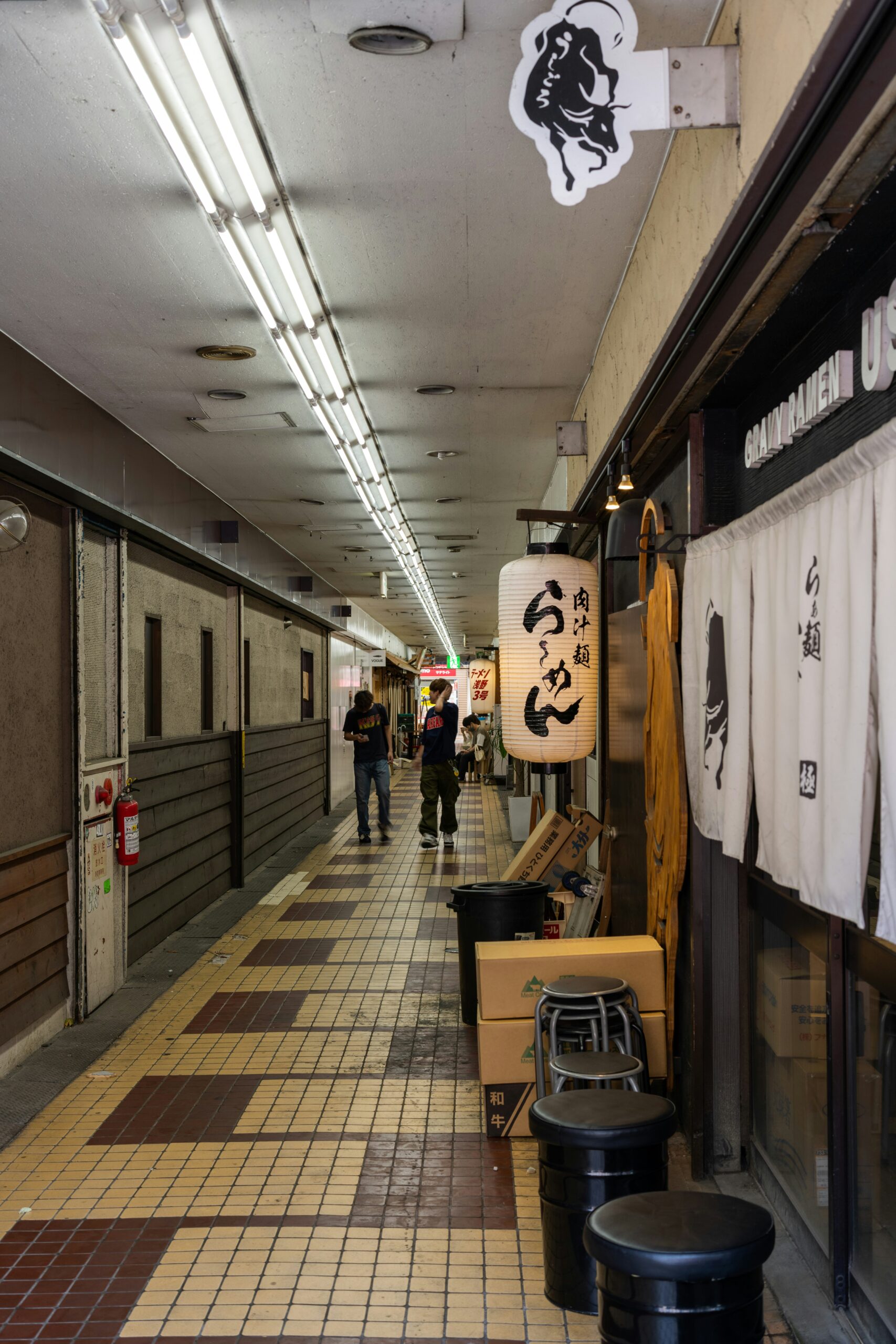
The serene atmosphere of the Raku Museum complements the quiet elegance of traditional kimono wear
This small but important museum celebrates the Raku family’s ceramics, tied closely to the Japanese tea ceremony. Wearing a kimono enhances the serenity of your visit and makes for powerful cultural photographs.
Highlight for kimono visitors: A kimono photo shoot in front of delicate tea bowls—perfect for capturing the quiet elegance of Kyoto.
5. Kyoto Railway Museum
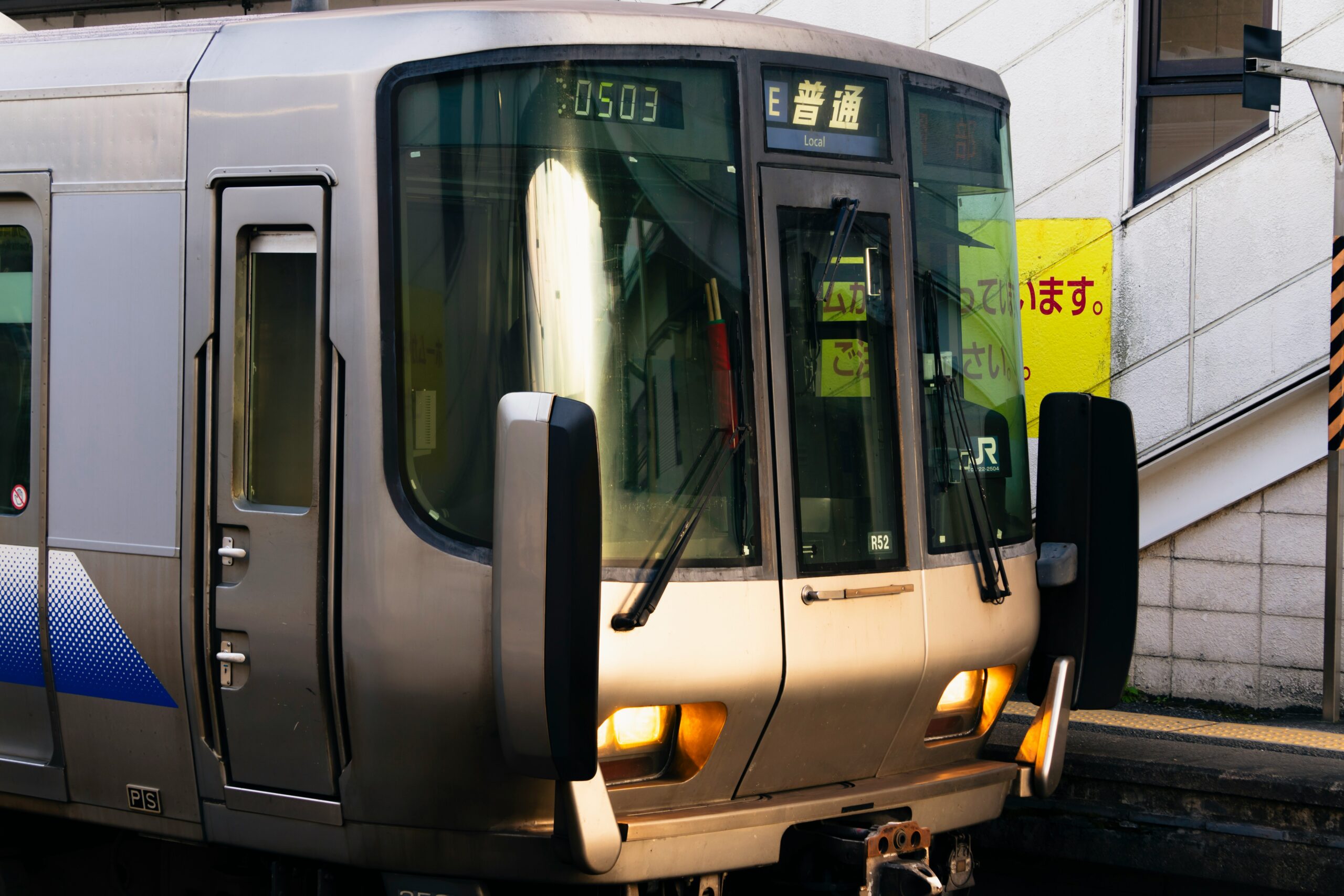
The contrast between traditional kimono and modern transportation creates striking photographic opportunities
For something different, step into this dynamic museum that explores Japan’s railway history. While it may not seem like the obvious choice, the contrast of a kimono in front of massive steam locomotives is striking.
Highlight for kimono visitors: A bold kimono photo in front of a vintage train engine—a creative blend of past and present.
How to Plan Your Kimono + Museum Day in Kyoto
- Choose your kimono rental in advance – Kyoto is full of rental shops, but availability can be limited during peak seasons.
- Consider comfort – Museums require walking, so pick footwear that balances tradition and ease (zōri sandals with soft straps are ideal).
- Book professional photography – Selfies can’t compare to having a skilled photographer capture your kimono experience inside or outside museums.
- Check museum photography policies – Some exhibits allow photos, others don’t. Always follow the rules.
- Plan a walking route – Kyoto’s museums are spread out. Combining nearby attractions makes your day smoother.
👉 Simplify your experience with AllPhotos Kyoto—our team provides kimono rental and professional photoshoots near major cultural sites.
Kimono Styles for Different Museums
- Kyoto National Museum: Formal kimonos with subdued patterns reflect the museum’s historical tone.
- Manga Museum: Bright, playful designs add contrast and energy.
- Museum of Crafts and Design: Textiles with traditional motifs (like cranes or cherry blossoms) celebrate Kyoto’s artisan heritage.
- Raku Museum: Elegant, minimal kimonos pair beautifully with the quiet tea-ceremony atmosphere.
- Railway Museum: Bold, striking colors create a fun, modern-meets-traditional photo set.
Why Photography is Essential for Your Experience
Your kimono museum day isn’t just a visit—it’s a once-in-a-lifetime cultural performance. Professional photos ensure that you don’t just remember it—you relive it.
At AllPhotos Kyoto, we specialize in capturing the harmony of tradition and art. Our photographers know the best museum angles, lighting, and outdoor backdrops around Kyoto to make your kimono experience unforgettable.
Best Times of Year for Kimono + Museum Experiences
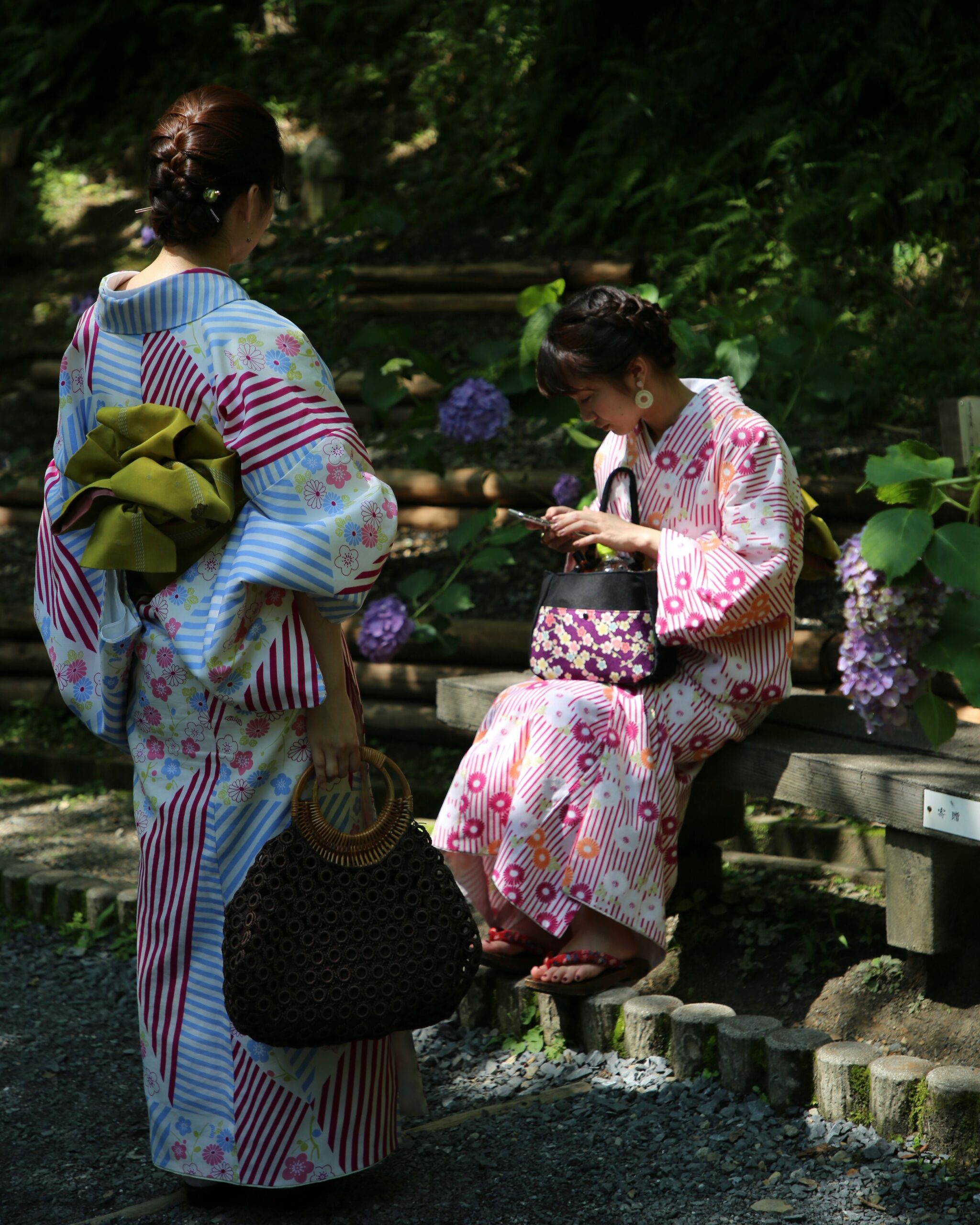
Spring cherry blossom season provides the perfect backdrop for combining kimono photography with museum visits
- Spring (March–April): Pair cherry blossoms with your museum visits.
- Summer (June–August): Light yukata kimonos keep you cool while exploring.
- Autumn (October–November): The fiery red momiji leaves provide incredible backdrops.
- Winter (December–February): Dark, elegant kimonos contrast beautifully with snowy scenery near museum entrances.


コメント